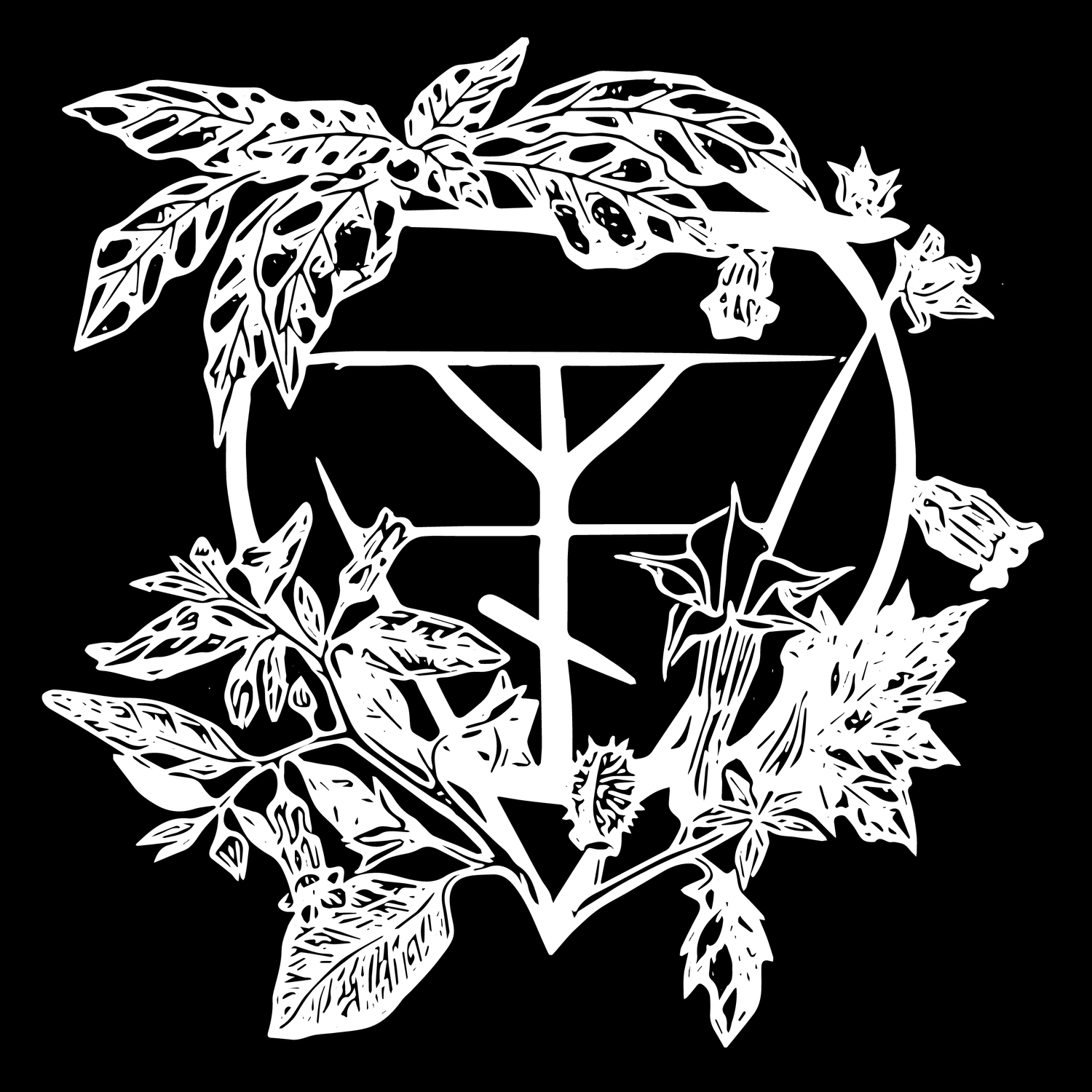Modern vs Medieval Flying Ointment
Flying ointments are becoming ubiquitous. There are many practitioners that are growing their own plants and experimenting with their own formulas, which is one of the most satisfying parts of the process! There is a lot of conversation about how to make these ointments including questions of dosage and concentration, application and the best carriers for absorption. There are many opinions out there, and people offering techniques that have worked for them.
There isn’t a lot of information out there that takes both a scientific and an occult approach to this process so people are often lacking in one area or another. There are academic journal articles and clinical herbalism books that can make the whole process seem very intimidating for people without a background in phytochemistry (which is most people). Then there are the writings from an occult perspective which are often lacking any definitive information. Luckily, more and more people are taking an interest in this, and bringing their own expertise to the field.
Over the years I have met many witches that are also pharmaceutical chemists, nurses, botanists and many other individuals in specialized fields with a interest in this topic that have contributed a one of a kind insight that you wouldn’t get from a non-magical person.
This essay consists of my own personal findings through research and experimentation over the years. I am not in any of the specialized fields that I mentioned early. I have a background in herbalism, religious studies and the occult. Through my work with poisonous plants specifically those in the Solanaceae family, I have learned a great deal about phytochemistry, toxicology and ethnobotany.
When it comes to flying ointments the active component, that has a mind-altering effect, comes from the plant’s alkaloids. (there is a synergistic spiritual component here, but that is not the focus of this essay) The alkaloids occur naturally in the plant as secondary metabolites, meaning they aren’t directly involved in the plant’s metabolic process. However, alkaloids have a pronounced effect on human brain chemistry and physiology. There are many different alkaloids produced by plants with differing effects, but the alkaloids that we are interested in are the tropane alkaloids.
The tropane alkaloids are characterized by their unique tropane ring in their chemical structure. They occur almost exclusively in the Solanaceae family. The main tropane alkaloids are hyoscyamine, atropine and scopolamine/hyoscine. These have various physiological effects and have been used medicinally for hundreds of years. The effects on human brain chemistry and perception are due to their action as anticholinergics.
Medieval flying ointments were characterized by their soporific (sleep inducing) properties. The visions and hallucinations that occurred happened during a drug induced sleep or delirium. These substances are also known for having an amnesiac effect and causing distortions in time. The accounts that we do have of these medieval formulations are dramatic and often sinister in nature, but one thing is to be sure. The individuals using these ointments were experiencing very real and very obvious effects of tropane alkaloid toxicity.
So the question is, why are modern flying ointments so different? Why aren’t witches across the country falling into a stupor when applying their ointments? A lot of it comes down to formulation, and fear of using too much. However, a large part of it is due to the difference in the carriers that we are using today.
Learn more about the science behind flying ointments on my Patreon! SIGN UP HERE >
I recently completed a demonstration of the differences between different types of oil bases, including their pH and efficaciousness when it comes to extraction and absorption. I also discuss how pH comes into play when making herbal preparations using plants that contain alkaloids. You can learn more about all of the science behind flying ointments by following me on Patreon or taking one of my Flying Ointment Courses.

